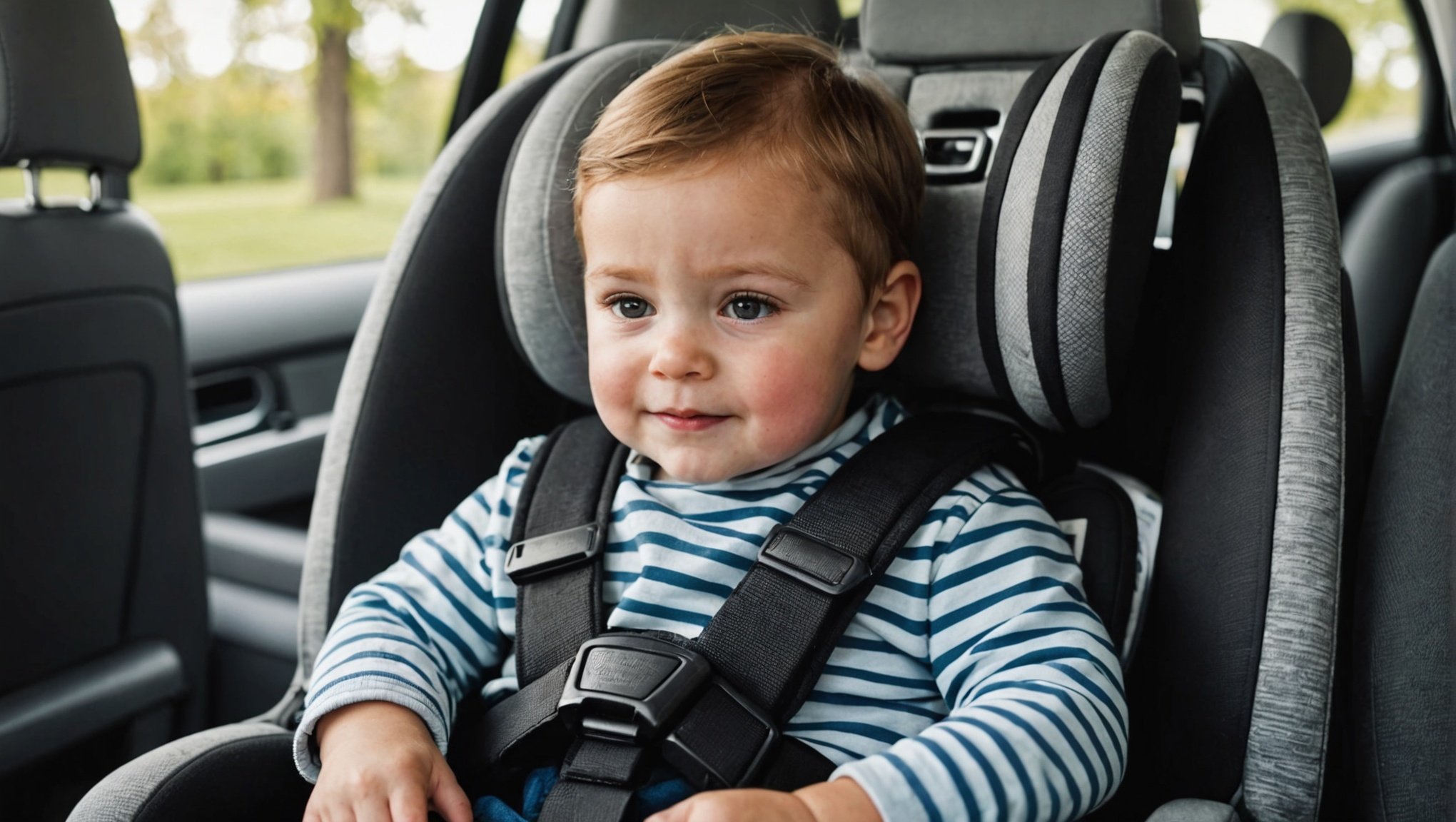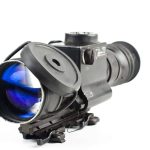Ensuring your child's safety in the car begins with choosing the right car seat. Many parents overlook vehicle compatibility, risking proper installation and functionality. This guide walks you through the essential steps to check if your vehicle accommodates various car seats effectively. With safety features and regulations constantly evolving, understanding this compatibility is vital for your child's well-being. Equip yourself with the knowledge to make informed decisions and secure the best protection for your little ones on every journey.
Understanding Vehicle Compatibility with Car Seats
Ensuring vehicle compatibility with car seats is crucial for maintaining car seat safety. Different car seat types, such as infant, convertible, and booster seats, have distinct requirements. These requirements can vary based on factors like vehicle size, seat design, and anchorage systems. Therefore, understanding these differences is essential for selecting the right car seat for your vehicle.
Also read : Boost Your Vehicle”s Safety: The Essential Role of Undercarriage Cleaning
Checking vehicle specifications is vital when considering car seat installation. Every vehicle has unique features, such as seat belt configurations, LATCH (Lower Anchors and Tethers for Children) systems, and seat dimensions, which can affect car seat compatibility. Consulting your vehicle's manual can provide specific guidance on which car seat types are suitable for your car model.
Several resources are available to help determine vehicle and car seat compatibility. Websites such as the National Highway Traffic Safety Administration (NHTSA) offer comprehensive databases where you can search for compatible car seats based on your vehicle's make and model. Additionally, car seat manufacturers often provide compatibility lists or tools on their websites, ensuring you make an informed choice. Prioritising compatibility not only enhances safety but also ensures a secure and comfortable fit for your child.
Also to read : Maximizing Engine Efficiency: Perfecting Your Coolant Mixture for Frosty UK Weather
Types of Car Seats
Choosing the right car seat types is crucial for ensuring your child's safety on the road. Different child safety seats cater to various age groups and developmental stages, each with specific features and guidelines.
Infant Car Seats
Infant car seats are designed for newborns and smaller babies, typically up to 12 months or 22 pounds. These rear-facing seats offer a snug fit and enhanced protection for a baby's fragile neck and spine. They often come with a detachable base, allowing easy transfer between the car and a stroller.
Convertible Car Seats
Convertible car seats adapt to your child's growth, accommodating both rear-facing and forward-facing positions. Suitable from birth up to around 65 pounds, they provide extended use. While more cost-effective in the long run, they may lack the portability of infant car seats.
Booster Seats
Booster seats are for older children, generally from 4 to 12 years or 40 to 100 pounds. They elevate the child so the vehicle's seat belt fits properly across the shoulder and lap. While they ensure safety for older kids, they require the child to sit still without additional harnesses.
Understanding these car seat types helps in selecting the right option tailored to your child's needs and safety requirements.
Installing Car Seats Properly
Proper car seat installation is critical to ensure your child's safety during travel. Following a step-by-step guide can help achieve a secure fit. Start by positioning the car seat in the rear seat of your vehicle, ideally in the centre to minimise the risk of impact during a collision. Use the vehicle's lower anchors or seat belt to secure the seat tightly.
Next, attach the top tether strap to the designated anchor point in your car. This step is essential as it reduces forward movement in a crash. Ensure the harness is snug, with no slack, and the chest clip is at armpit level.
Avoid common installation mistakes such as using both the seat belt and lower anchors simultaneously, which can compromise the seat's effectiveness. Also, refrain from placing the car seat in the front seat, where airbags pose a significant risk.
The importance of using the tether and lower anchors cannot be understated. They provide additional stability, preventing excessive movement. Always refer to both the vehicle's and car seat's manuals for specific instructions. By adhering to these safety measures, you ensure optimal protection for your child.
Safety Regulations and Recommendations
Understanding car seat regulations and safety guidelines is essential for ensuring your child's protection while travelling. Federal and state laws mandate specific requirements for using child safety seats, which vary depending on the region. Generally, these laws dictate the type of car seat needed based on a child's age, weight, and height. For instance, most states require rear-facing seats for infants under a certain age, transitioning to forward-facing and booster seats as the child grows.
Safety organisations, such as the American Academy of Pediatrics (AAP), offer additional recommendations to enhance car seat safety. They advocate for keeping children in rear-facing seats until at least age two, or until they exceed the seat's height and weight limits. The AAP also advises using booster seats until a child is tall enough for a seat belt to fit properly, typically around 4 feet 9 inches.
Adhering to these safety guidelines is crucial for your child's well-being. Ensuring the car seat is appropriate for your child's size and is installed correctly reduces the risk of injury in an accident. Always consult both state laws and expert recommendations to make informed decisions about car seat usage.
Checking for Recalls and Safety Notices
Staying informed about car seat recalls and safety alerts is crucial for your child's protection. To find recall information, regularly check the National Highway Traffic Safety Administration (NHTSA) website, which provides up-to-date recall details. Car seat manufacturers also offer recall information on their websites, and registering your car seat ensures you receive direct notifications.
Using a recalled car seat poses significant risks, as it may fail to protect your child in an accident. Recalled seats often have defects that compromise their structural integrity or harness systems, making them unsafe. Ignoring recalls can lead to severe consequences, including increased injury risk during a collision.
If your car seat is recalled, follow the manufacturer's instructions for returning or replacing it. Procedures typically include contacting customer service for guidance or visiting a designated service centre. Some manufacturers offer repair kits or replacement parts, while others provide a new seat at no cost.
By staying vigilant about recalls and safety notices, you ensure your child's car seat remains a reliable safety device. Regularly checking for updates and promptly addressing recalls safeguards your child's well-being on the road.
Expert Recommendations for Vehicle and Car Seat Pairing
Selecting the right car seat involves more than just age and weight considerations; it's about ensuring vehicle and car seat compatibility. Child safety experts stress the importance of matching car seats with specific vehicle models to maximise safety and comfort. They recommend consulting both the car seat and vehicle manuals for guidance on compatibility.
Experts often suggest starting with a list of recommended car seats tailored for your vehicle model. Many manufacturers provide compatibility charts that highlight which car seats work best with different vehicles. This can significantly streamline the selection process.
When choosing a car seat, consider your vehicle's unique features. For instance, if your car has a LATCH system, opt for a seat that utilises this feature for a secure fit. Similarly, if your vehicle's rear seats are compact, select a car seat designed for smaller spaces to ensure proper installation.
By following these expert recommendations, you can confidently choose a car seat that not only meets safety standards but also aligns with your vehicle's specifications. This careful pairing ensures your child's protection and comfort during every journey.
Visual Aids and Resources
Navigating the world of car seat installation can be daunting, but car seat resources are available to guide you through the process. These aids not only simplify installation but also ensure the safety of your child.
Many manufacturers and safety organisations offer installation guides that include links to videos. These videos visually demonstrate each step, making it easier to follow along and achieve a secure fit. Watching these demonstrations can clarify complex instructions, reducing the likelihood of mistakes.
Diagrams are another valuable tool. They provide clear illustrations of proper car seat placement, showing exactly where and how to position the seat for maximum safety. These visual aids are particularly useful for understanding how the LATCH system works or how to correctly route a seat belt.
For those seeking further assistance, numerous online resources are available. Websites dedicated to child safety often feature comprehensive articles and FAQs, addressing common concerns and offering expert advice. Additionally, many local communities host car seat inspection events where certified technicians can offer hands-on help.
By leveraging these car seat resources, you can feel confident in your ability to install and use a car seat correctly, ensuring your child's safety on the road.
Real-Life Experiences and Testimonials
Hearing car seat experiences from other parents can be both enlightening and reassuring. These stories often highlight the practical challenges and triumphs encountered during car seat installation and use. For instance, many parents share their initial struggles with securing the seat properly. Over time, they learn valuable lessons, such as the importance of reading both the car seat and vehicle manuals thoroughly.
Parent testimonials frequently underscore the significance of community sharing. By exchanging tips and advice, parents can help each other avoid common pitfalls. One parent might recount how attending a local car seat safety event provided hands-on guidance that was invaluable. Another might describe how an online forum offered quick solutions to a tricky installation issue.
The collective wisdom of these shared experiences not only promotes safer car seat practices but also fosters a supportive community. Parents often find comfort in knowing they are not alone in their journey to ensure their child's safety. By learning from others, they can make informed decisions and feel more confident in their ability to protect their children on the road.
Maintaining Car Seat Safety
Ensuring car seat maintenance is a vital part of keeping your child safe. Regular safety checks can prevent potential hazards and extend the lifespan of the seat.
Conduct routine inspections for any signs of wear and tear. Look for frayed straps, cracked plastic, or damaged buckles. These issues can compromise the seat's effectiveness during an accident. If any damage is found, it's crucial to address it immediately.
Cleaning your car seat not only maintains hygiene but also ensures the proper functioning of its components. Follow the manufacturer's cleaning instructions carefully. Typically, this involves removing the cover and washing it with mild detergent. Avoid using harsh chemicals that might degrade the fabric or plastic.
Knowing when to replace a car seat is essential for safety. Car seats have expiration dates due to material degradation and evolving safety standards. Check the label for the expiration date, usually six to ten years from the manufacture date. Additionally, if a car seat has been involved in a moderate to severe crash, it should be replaced, even if no visible damage is present.
By performing regular maintenance and adhering to these guidelines, you ensure optimal protection for your child.






